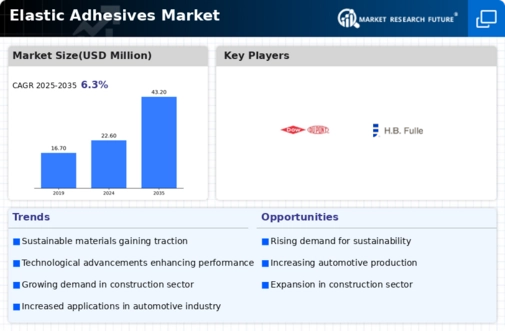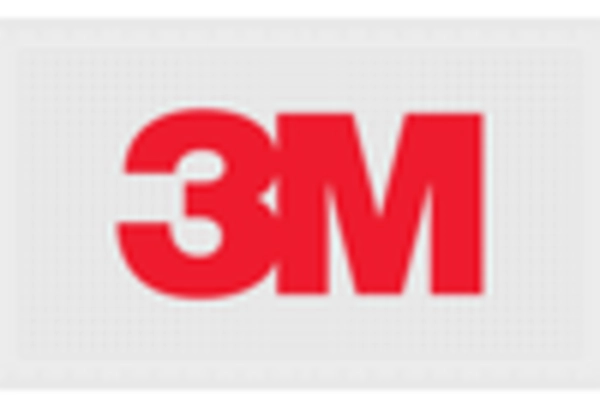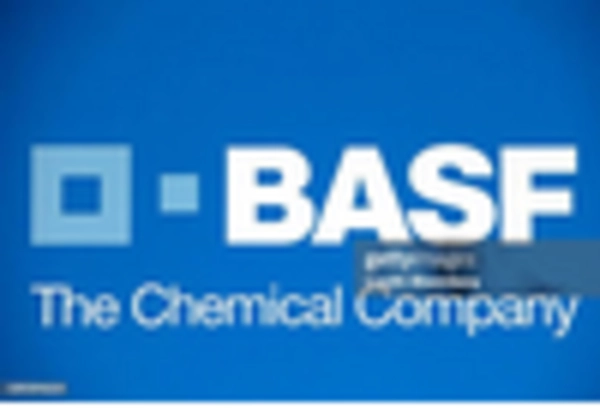Market Analysis
In-depth Analysis of Elastic Adhesive Market Industry Landscape
The market dynamics of the elastic adhesive industry reveal a landscape shaped by various factors influencing supply and demand. The growing construction and automotive sectors are key drivers fueling the demand for elastic adhesives. In construction, these adhesives find extensive use in bonding materials with different coefficients of thermal expansion, providing flexibility and durability. Similarly, in the automotive sector, elastic adhesives play a crucial role in assembly processes, contributing to lightweight and fuel-efficient vehicles.
The global shift towards sustainable and eco-friendly solutions has also impacted the elastic adhesive market dynamics. As environmental regulations tighten, manufacturers are increasingly focusing on developing adhesives with reduced volatile organic compounds (VOCs) and environmentally friendly formulations. This trend aligns with the broader push for green technologies and eco-conscious consumer choices, influencing the purchasing decisions of both businesses and end-users.
Furthermore, the technological advancements in adhesive formulations have propelled the market forward. Innovations in polymer science and chemistry have led to the creation of high-performance elastic adhesives, offering enhanced bonding capabilities and improved resistance to environmental factors. These advancements cater to the evolving needs of industries, promoting the adoption of elastic adhesives over traditional alternatives.
Market dynamics are also shaped by the competitive landscape within the industry. The presence of key players and their strategies significantly influence supply chains and pricing structures. Mergers, acquisitions, and collaborations among companies further contribute to the evolving dynamics, influencing market concentration and the overall competitiveness of the elastic adhesive sector.
The fluctuating prices of raw materials, such as resins and polymers, play a pivotal role in market dynamics. As these materials constitute a significant portion of the production cost, any volatility in their prices can impact the overall pricing strategy adopted by manufacturers. Economic factors, geopolitical events, and global supply chain disruptions can all contribute to fluctuations in raw material prices, introducing an element of uncertainty into the elastic adhesive market.
Moreover, regional variations in demand and regulatory frameworks add complexity to the market dynamics. Different regions may have distinct preferences for specific types of elastic adhesives based on cultural, economic, or technological factors. Compliance with regional regulations and standards is also a critical consideration for manufacturers, influencing product formulations and market entry strategies.
Consumer awareness and education play a pivotal role in shaping market dynamics. As end-users become more informed about the benefits of elastic adhesives, there is a growing demand for products that offer superior performance, durability, and environmental sustainability. This shift in consumer preferences can prompt manufacturers to adapt and innovate, contributing to the continuous evolution of the elastic adhesive market.


















Leave a Comment